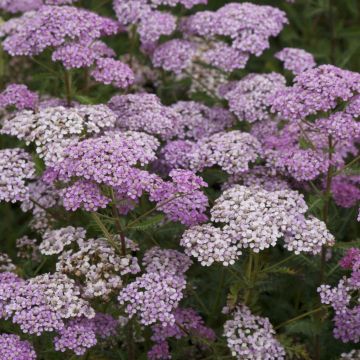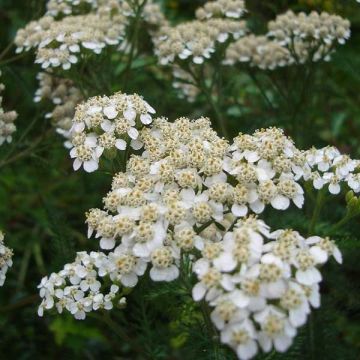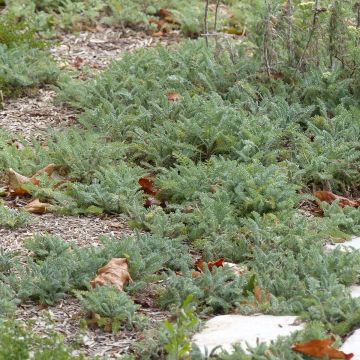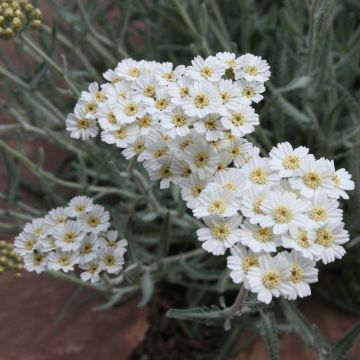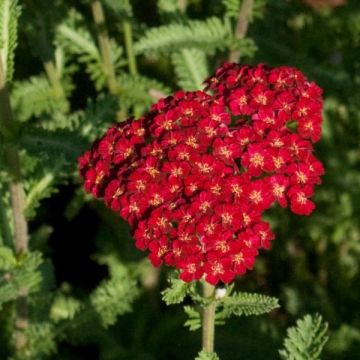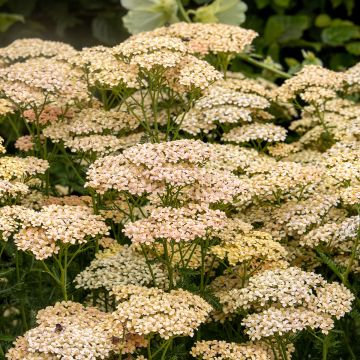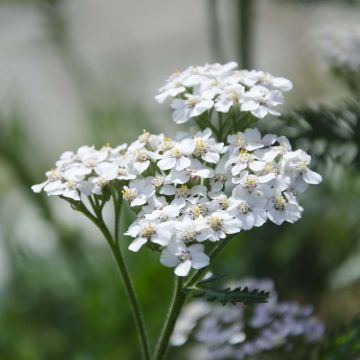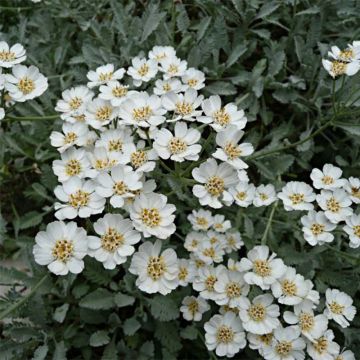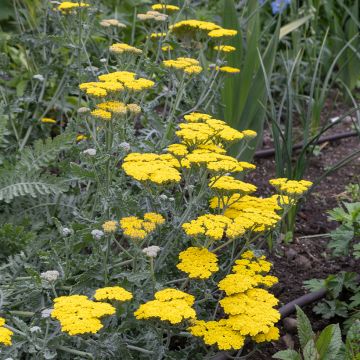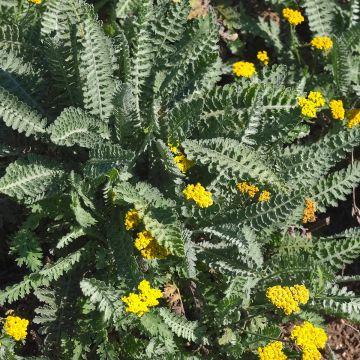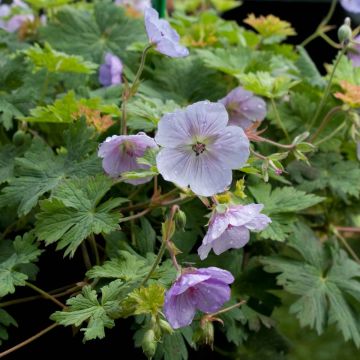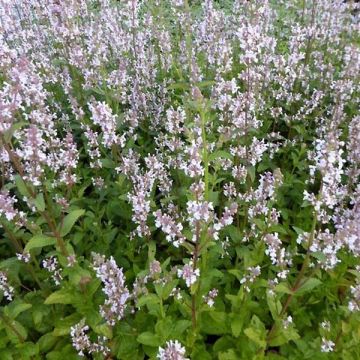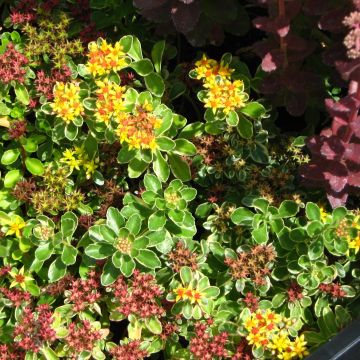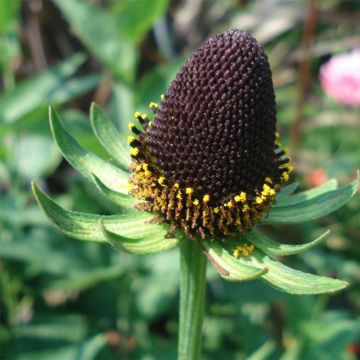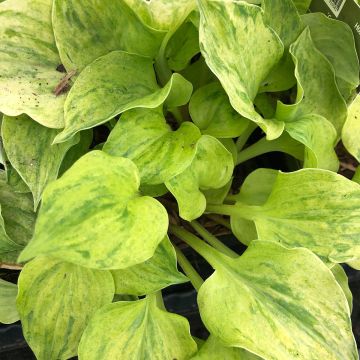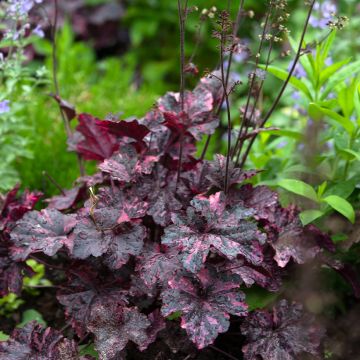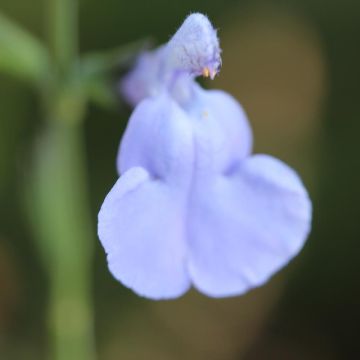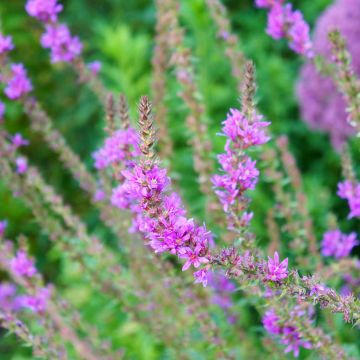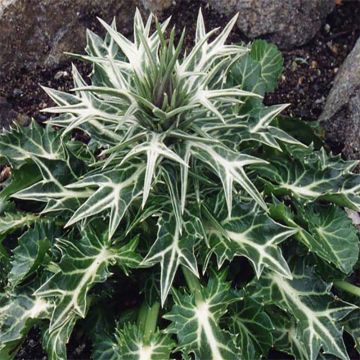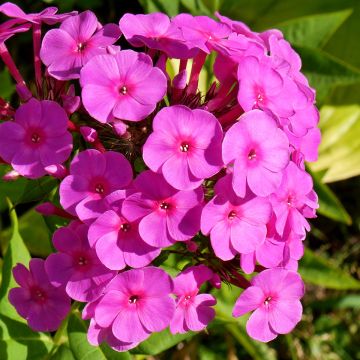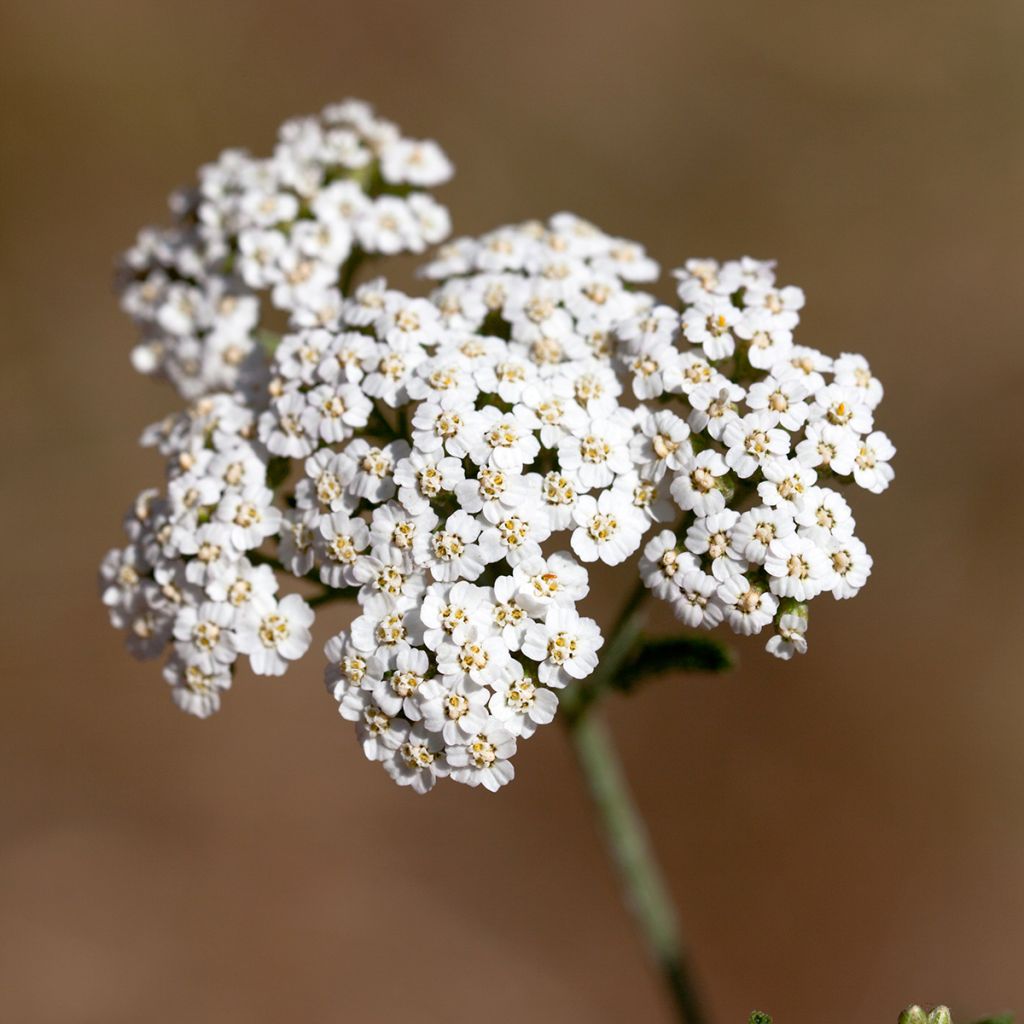

Achillea odorata
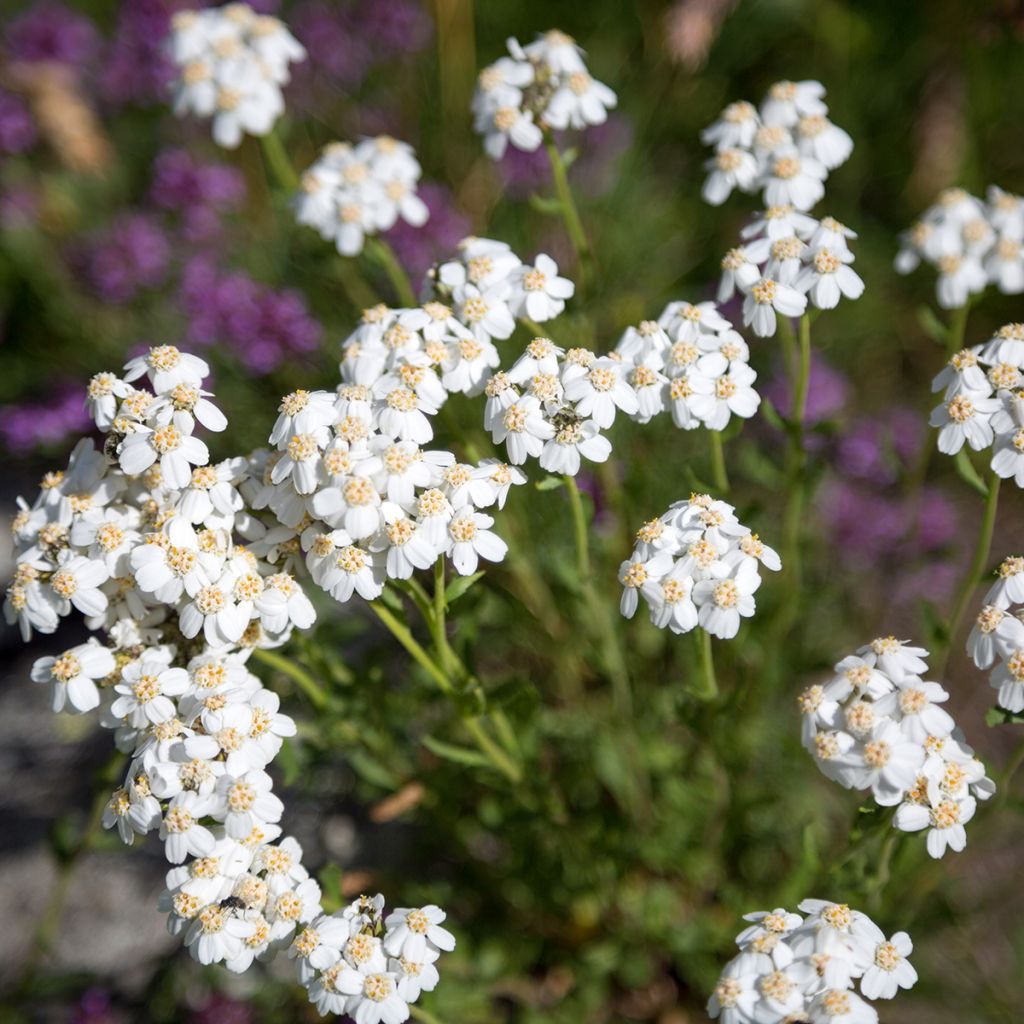

Achillea odorata
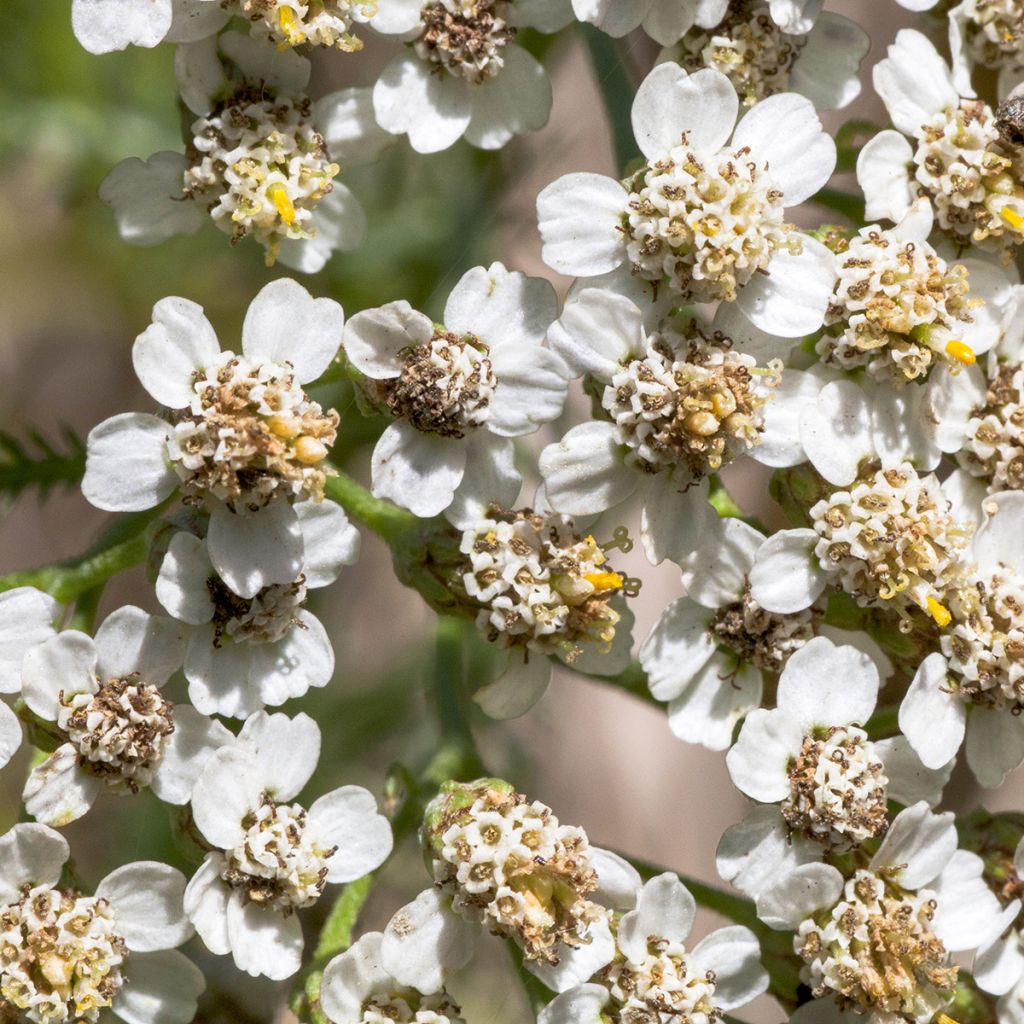

Achillea odorata
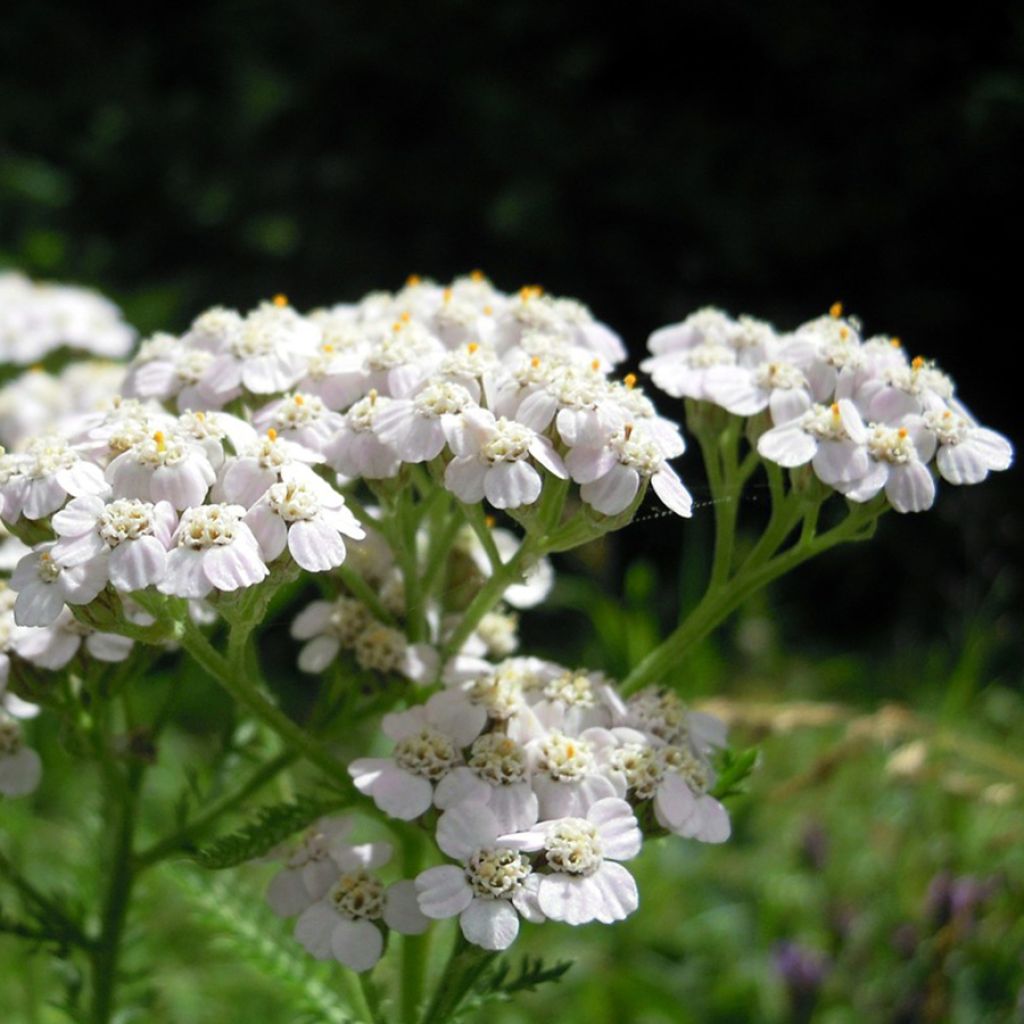

Achillea odorata
Achillea odorata
Achillea odorata
Difficult to identify it when it lost its label during transportation between itself and the Achillea chrysanthemifolia, but seems to be thriving well.
Agnès A., 15/04/2023
This item cannot be shipped to the selected country
Delivery charge from €5.90
More information
Schedule delivery date,
and select date in basket
This plant carries a 12 months recovery warranty
More information
We guarantee the quality of our plants for a full growing cycle, and will replace at our expense any plant that fails to recover under normal climatic and planting conditions.
From €5.90 for pickup delivery and €6.90 for home delivery
Express home delivery from €8.90.
Does this plant fit my garden?
Set up your Plantfit profile →
Description
Achillea odorata is also called fragrant yarrow due to the strong absinthe aroma that its foliage contains. This vigorous perennial plant from limestone scrubland is capable of forming a wide and dense evergreen and highly decorative feathery carpet. Its foliage is finer and greener than that of its cousin Achillea crithmifolia. In early summer, it is adorned with small dirty white to yellowish umbels. Perfectly hardy and tolerant to summer drought, it can withstand moderate trampling, making it suitable as an alternative to lawns. It can be grown in full sun or partial shade, in any well-drained soil, alone or in association with other ground cover plants.
Achillea odorata, from the Asteraceae family, is native to southern Europe, Tyrol in Austria, and the Istria region in Croatia. It grows on hillsides and along paths in mostly limestone soil. The plant forms a vigorous natural-looking ground cover, 30 to 50cm (12 to 20in) tall when flowering, sometimes more in moist and fertile soil. It spreads relatively quickly, up to 50cm (20in), through stolons. Its evergreen foliage remains green throughout summer, even in intense drought. Finely dissected, feathery, greyish-green, and slightly hairy, it has a fluffy appearance but a somewhat rough texture. When crushed, the foliage releases a strong smell reminiscent of absinthe. Flowering occurs in June-July, sometimes as early as May in warm climates. The inflorescences are small, slightly globular umbels, 3 to 4cm (1 to 2in) in diameter, composed of tiny flowers with an uncertain white colour and creamy-yellow centre. This plant releases molecules through its roots that inhibit the germination of other plants through allelopathy, which ultimately reduces the need for weeding.
All yarrows thrive in full sun and are excellent in terms of hardiness. Achillea odorata requires very little maintenance and can go without watering in all regions, making it a great substitute for lawns in moderately trafficked areas of the garden. With no soil requirements and being water-efficient, it limits the proliferation of weeds and gives a natural look to the garden while eliminating the need for regular mowing (and watering) required for a lawn, even in dry climates. Only one mowing is required after flowering to encourage new foliage growth. It can be paired with other vigorous ground cover plants with complementary growth cycles, such as Phyla nodiflora: in the middle of summer, phyla dominates with its flowers, and in winter, achillea's green foliage takes over. This lovely combination can also effectively cover the ground in solid perennial beds, with plants such as Geranium sanguineum, Erigeron karvinskianus, and Nepeta x faassenii, etc. Many combinations are possible, including Thymus (hirsutus, ciliatus), other yarrows (millefolium, crithmifolia, coarctata, nobilis), Dichondra repens, and Matricaria tchihatchewii, etc.
Report an error about the product description
Achillea odorata in pictures
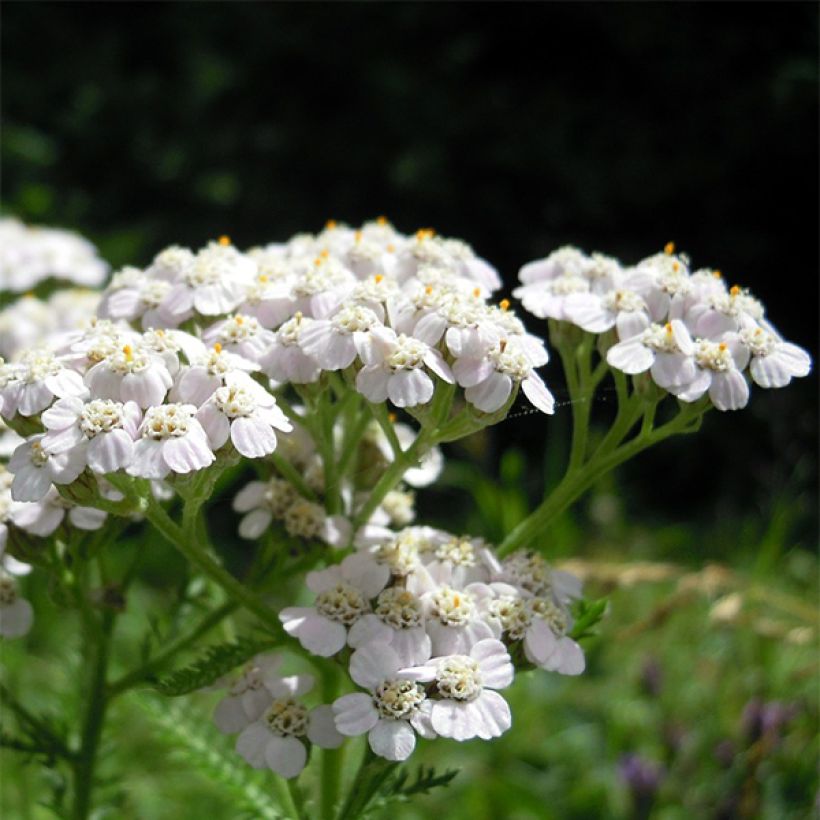

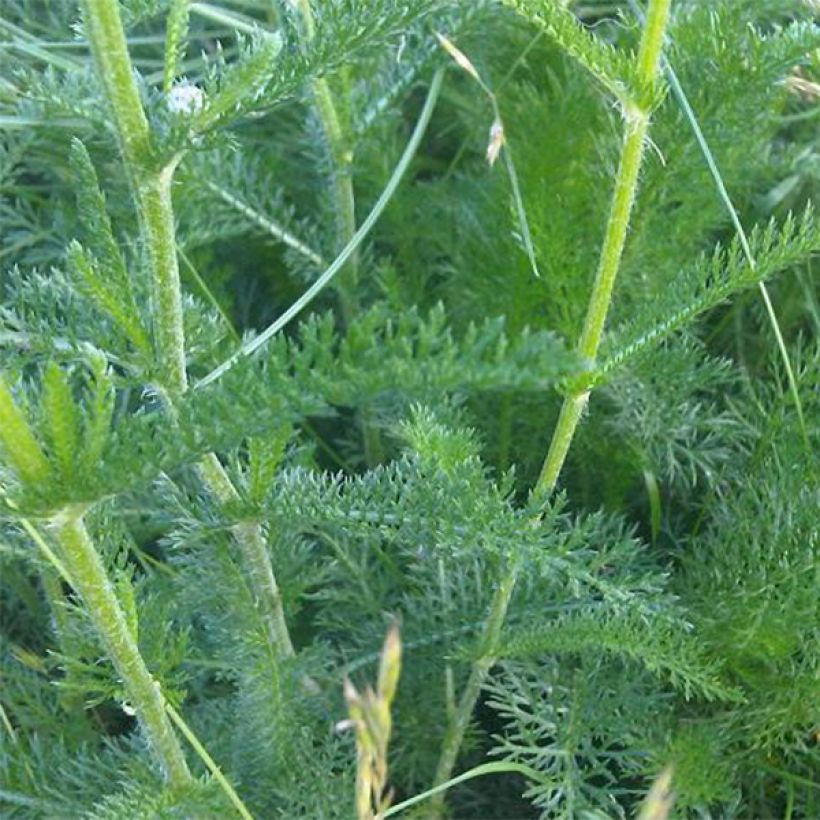

Flowering
Foliage
Plant habit
Botanical data
Achillea
odorata
Asteraceae
Caucasus
Other Achillea
Planting and care
Achillea odorata is easily grown in full sun (or partial shade in hot and dry climates), in well-prepared and loosened soil to facilitate its establishment. It adapts perfectly to drained limestone or clay soils, even when dry in summer. In dry regions, occasional watering two or three times during the peak of summer is sufficient to refresh the foliage. Once established, the plant can fend for itself. It is undemanding about soil type, but it will be more floriferous, taller, and grow faster in moist and fertile soil. It is worth noting that this plant is perfectly resistant to water scarcity; it goes dormant during droughts but regains vigour as soon as the rains return. Careful weeding is necessary during the first year until complete ground cover is achieved. Afterwards, manual weeding should be done 2 to 3 times a year. Occasional mowing can replace manual weeding for larger areas. Plan for approximately 5 plants per square metre.
Planting period
Intended location
Care
-
, onOrder confirmed
Reply from on Promesse de fleurs
Summer flowering perennials
Haven't found what you were looking for?
Hardiness is the lowest winter temperature a plant can endure without suffering serious damage or even dying. However, hardiness is affected by location (a sheltered area, such as a patio), protection (winter cover) and soil type (hardiness is improved by well-drained soil).

Photo Sharing Terms & Conditions
In order to encourage gardeners to interact and share their experiences, Promesse de fleurs offers various media enabling content to be uploaded onto its Site - in particular via the ‘Photo sharing’ module.
The User agrees to refrain from:
- Posting any content that is illegal, prejudicial, insulting, racist, inciteful to hatred, revisionist, contrary to public decency, that infringes on privacy or on the privacy rights of third parties, in particular the publicity rights of persons and goods, intellectual property rights, or the right to privacy.
- Submitting content on behalf of a third party;
- Impersonate the identity of a third party and/or publish any personal information about a third party;
In general, the User undertakes to refrain from any unethical behaviour.
All Content (in particular text, comments, files, images, photos, videos, creative works, etc.), which may be subject to property or intellectual property rights, image or other private rights, shall remain the property of the User, subject to the limited rights granted by the terms of the licence granted by Promesse de fleurs as stated below. Users are at liberty to publish or not to publish such Content on the Site, notably via the ‘Photo Sharing’ facility, and accept that this Content shall be made public and freely accessible, notably on the Internet.
Users further acknowledge, undertake to have ,and guarantee that they hold all necessary rights and permissions to publish such material on the Site, in particular with regard to the legislation in force pertaining to any privacy, property, intellectual property, image, or contractual rights, or rights of any other nature. By publishing such Content on the Site, Users acknowledge accepting full liability as publishers of the Content within the meaning of the law, and grant Promesse de fleurs, free of charge, an inclusive, worldwide licence for the said Content for the entire duration of its publication, including all reproduction, representation, up/downloading, displaying, performing, transmission, and storage rights.
Users also grant permission for their name to be linked to the Content and accept that this link may not always be made available.
By engaging in posting material, Users consent to their Content becoming automatically accessible on the Internet, in particular on other sites and/or blogs and/or web pages of the Promesse de fleurs site, including in particular social pages and the Promesse de fleurs catalogue.
Users may secure the removal of entrusted content free of charge by issuing a simple request via our contact form.
The flowering period indicated on our website applies to countries and regions located in USDA zone 8 (France, the United Kingdom, Ireland, the Netherlands, etc.)
It will vary according to where you live:
- In zones 9 to 10 (Italy, Spain, Greece, etc.), flowering will occur about 2 to 4 weeks earlier.
- In zones 6 to 7 (Germany, Poland, Slovenia, and lower mountainous regions), flowering will be delayed by 2 to 3 weeks.
- In zone 5 (Central Europe, Scandinavia), blooming will be delayed by 3 to 5 weeks.
In temperate climates, pruning of spring-flowering shrubs (forsythia, spireas, etc.) should be done just after flowering.
Pruning of summer-flowering shrubs (Indian Lilac, Perovskia, etc.) can be done in winter or spring.
In cold regions as well as with frost-sensitive plants, avoid pruning too early when severe frosts may still occur.
The planting period indicated on our website applies to countries and regions located in USDA zone 8 (France, United Kingdom, Ireland, Netherlands).
It will vary according to where you live:
- In Mediterranean zones (Marseille, Madrid, Milan, etc.), autumn and winter are the best planting periods.
- In continental zones (Strasbourg, Munich, Vienna, etc.), delay planting by 2 to 3 weeks in spring and bring it forward by 2 to 4 weeks in autumn.
- In mountainous regions (the Alps, Pyrenees, Carpathians, etc.), it is best to plant in late spring (May-June) or late summer (August-September).
The harvesting period indicated on our website applies to countries and regions in USDA zone 8 (France, England, Ireland, the Netherlands).
In colder areas (Scandinavia, Poland, Austria...) fruit and vegetable harvests are likely to be delayed by 3-4 weeks.
In warmer areas (Italy, Spain, Greece, etc.), harvesting will probably take place earlier, depending on weather conditions.
The sowing periods indicated on our website apply to countries and regions within USDA Zone 8 (France, UK, Ireland, Netherlands).
In colder areas (Scandinavia, Poland, Austria...), delay any outdoor sowing by 3-4 weeks, or sow under glass.
In warmer climes (Italy, Spain, Greece, etc.), bring outdoor sowing forward by a few weeks.

































